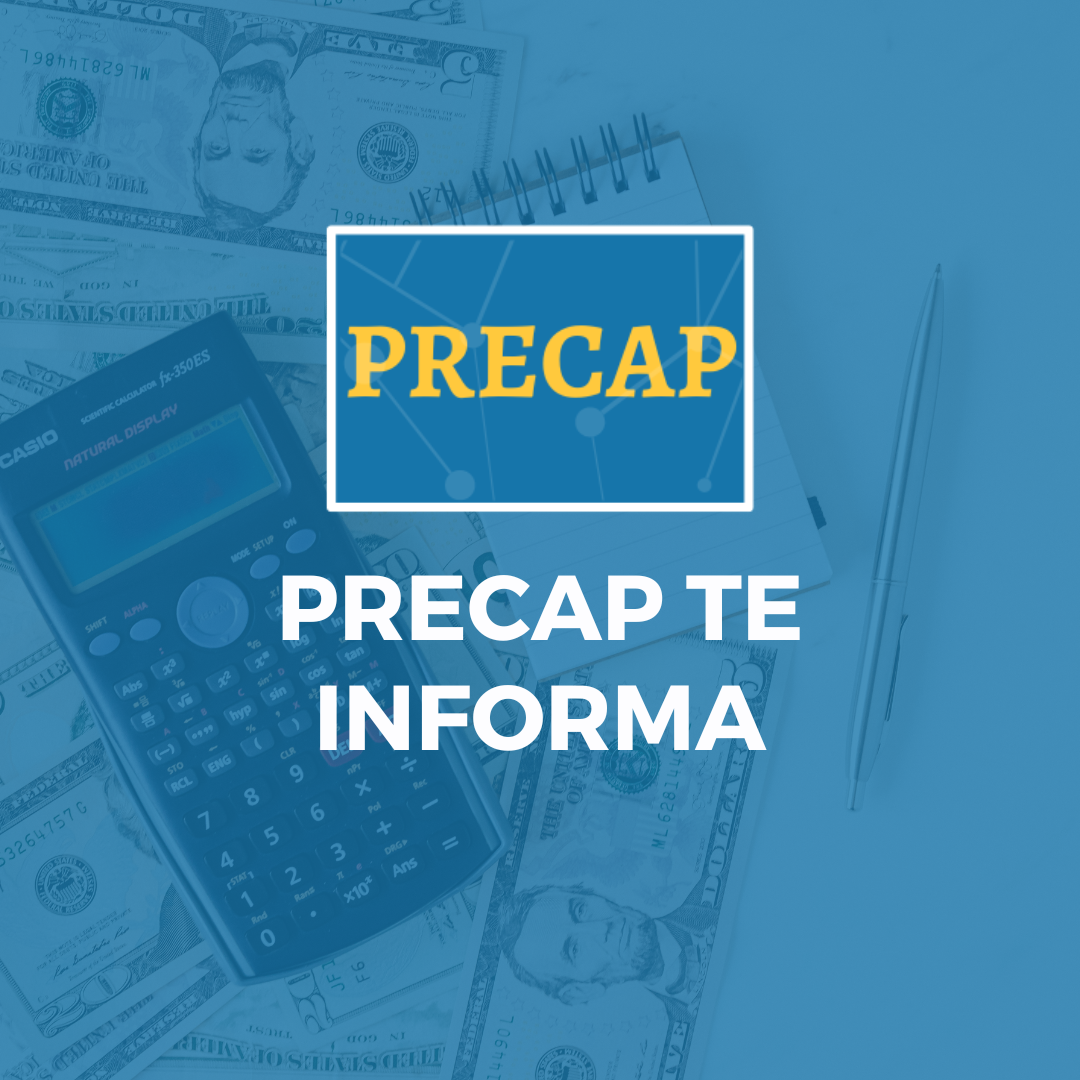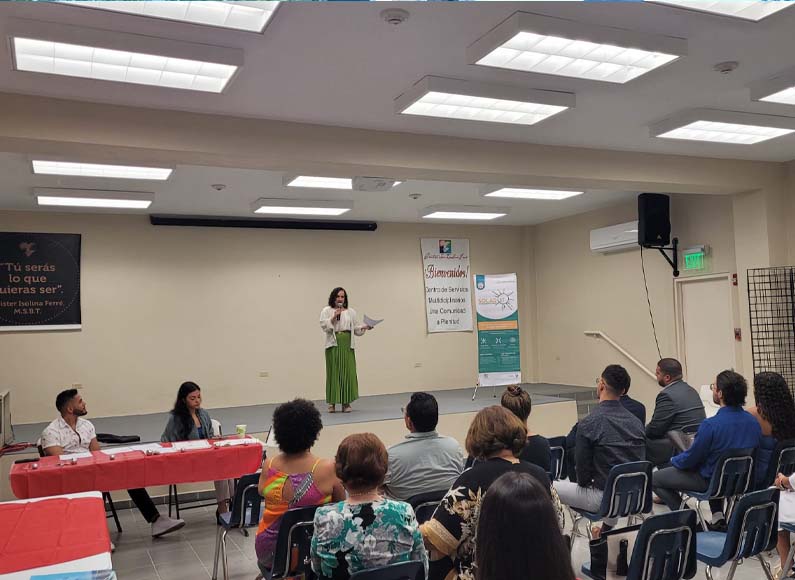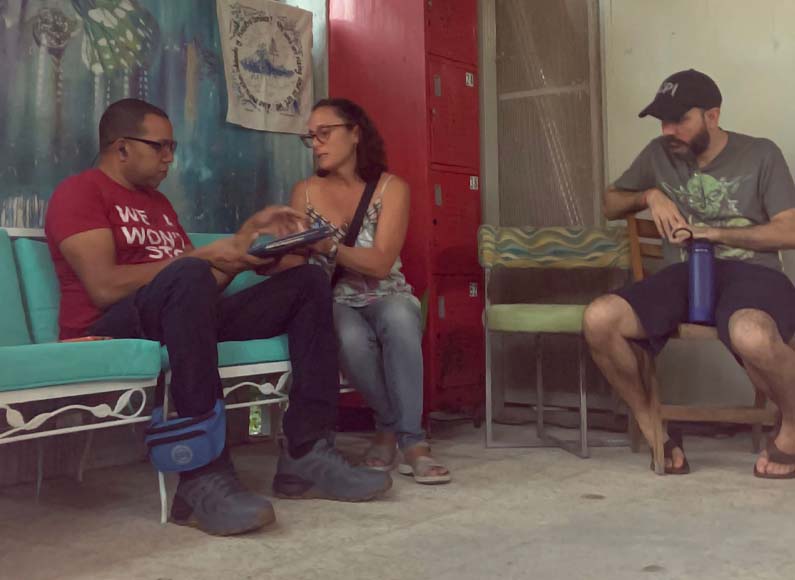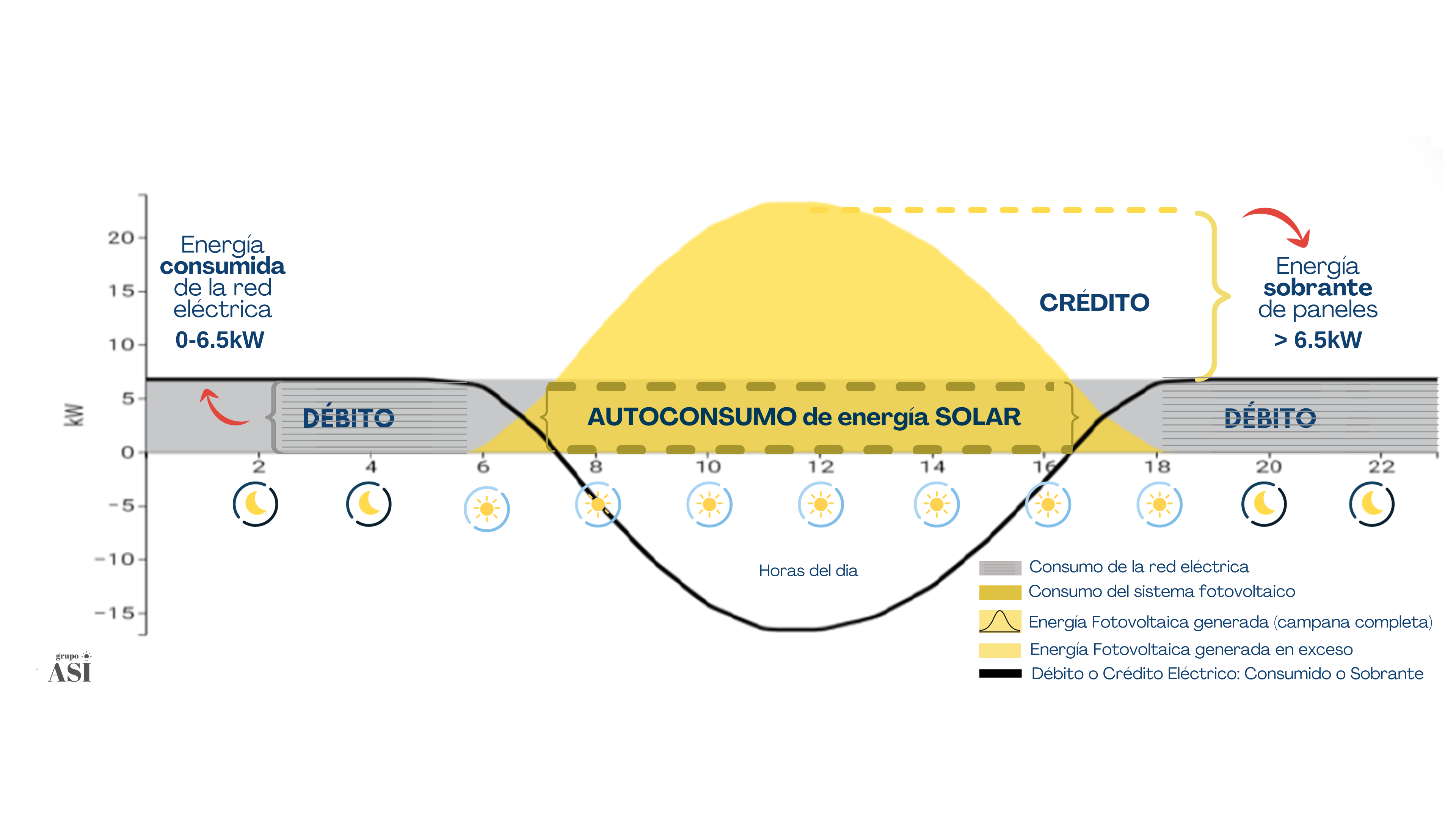The Title 17 Clean Energy Financing program is an initiative of the United States Department of Energy (DOE) that provides financing and support for clean energy projects and innovative technologies. Its goal is to accelerate the adoption of sustainable energy solutions and reduce greenhouse gas emissions.
Through Title 17, loan guarantees and direct loans are provided to private companies, government projects, and non-profit projects for the development and deployment of clean technologies. This includes areas such as solar energy, wind energy, geothermal energy, biomass, energy storage, and advanced nuclear energy.
The program helps reduce financial risk associated with clean energy projects by offering favorable loan terms, thereby accelerating the commercialization of promising energy technologies. Additionally, it seeks to promote job creation and economic growth in the clean energy industry in the United States and Puerto Rico.
Eligibility
All Title 17 projects must meet the following criteria:
- Be located in the United States.
- Be energy-related projects.
- Achieve significant and credible reductions in greenhouse gases or air pollution.
- Have a reasonable prospect of repayment.
- Involve technically viable and commercially ready technology.
- Include a Community Benefits Plan.
- Not benefit from prohibited federal support.
- Meet additional requirements specific to the project category.
Focus Areas
The Title 17 program covers a wide range of clean energy technologies and sectors. Some focus areas include:
- Solar Energy: Financing for solar energy generation projects, including large-scale installations and photovoltaic solar energy projects.
- Wind Energy: Financial support for the development of wind farms and marine wind energy technologies.
- Energy Storage: Financing for energy storage projects, such as batteries and large-scale energy storage systems.
- Geothermal Energy: Support for projects that harness Earth’s heat to generate electricity and heating.
- Biomass Energy: Financing for projects that use renewable organic matter to produce thermal or electrical energy.
- Advanced Nuclear Energy: Support for the development and implementation of advanced and safe nuclear energy technologies.
Types of Loans
Through the Title 17 program, borrowers can access:
Direct loans backed by a 100% DOE guarantee. Partial DOE guarantees for commercial debt (up to 90%).
LPO-guaranteed loans are secured and may share a first lien position with other debts. Most guarantees are for loans over $100 million.
For loans issued by the Federal Financing Bank (FFB) backed by a 100% DOE loan guarantee, the interest rate is: U.S. Treasury Rate + a liquidity margin equal to “three eighths” (0.375%) + a risk-based charge established by the Title 17 loan.
Application Process
The application process for the Title 17 program is divided into two parts. The goal of Part I is to determine the project’s eligibility and readiness to advance in the application process. Part I applications can be submitted at any time. It is recommended that a pre-application consultation with program staff be coordinated before applying, which can be requested through the Title 17 program’s homepage. Information requested in Part I includes:
- Project Information
- Project Sponsors
- Applicant Information
- Preliminary Questions Form
- Loan Guarantee Application Summary
- Organization Information
- Detailed Project Description
- Project Technical Information
- Legal and Regulatory Project Information
- Certifications
The goal of Part II is to determine the project’s readiness to advance in due diligence, based on programmatic, technical, environmental, and financial evaluations. Projects that do not meet one or more of the requirements set forth in Part II will not receive further consideration.
Information requested in Part II includes:
- Project Summary
- Project Description
- Community Benefit Plan
- Certifications
You can obtain more detailed information about eligibility requirements and steps for submitting an application on the official Title 17 Clean Energy Financing program page. Remember that it is essential to consult official documentation and communicate directly with the program to obtain the most up-to-date and accurate information.




